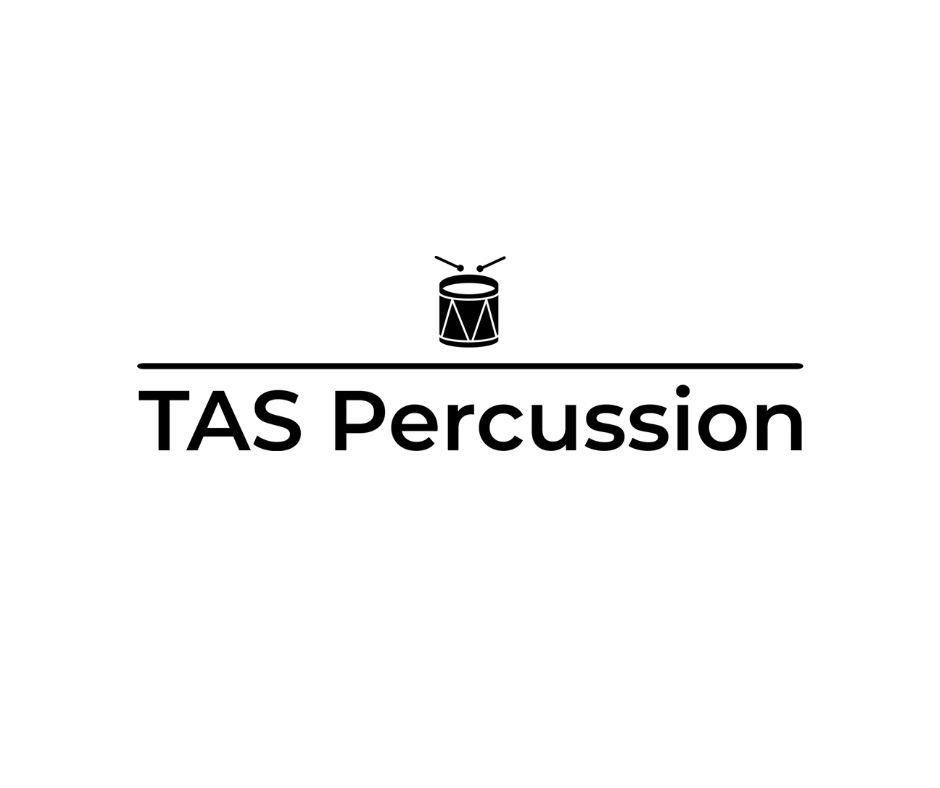The Ergonomic Edge: Selecting and Using Dental Forceps for Comfort and Efficiency
Performing dental extractions can be physically demanding, requiring dentists to exert controlled force while maintaining precision. The design and ergonomics of dental forceps play a significant role in the dentist's comfort, efficiency, and ultimately, the success and safety of the procedure.
Selecting ergonomically designed forceps and employing proper usage techniques can help minimize hand fatigue, reduce the risk of musculoskeletal disorders, and enhance the overall extraction experience for both the dentist and the patient.
https://www.marketresearchfuture.com/reports/dental-forceps-market-8012
Ergonomics in dental instruments focuses on designing tools that fit the natural movements and postures of the human body, reducing strain and maximizing efficiency. When it comes to dental forceps, several design features contribute to their ergonomic profile.
Handle design is a key factor. Forceps with larger diameter handles and cushioned grips can distribute force more evenly across the hand, reducing pressure points and minimizing fatigue. Contoured handles that fit the natural curvature of the hand can also improve grip and control. Some forceps feature spring-loaded handles that assist with opening the beaks, reducing the amount of effort required by the dentist.
Weight and balance of the forceps are also important. Lightweight instruments can reduce hand and wrist strain, especially during prolonged procedures. A well-balanced forcep allows for better control and reduces the need for excessive gripping force to maintain stability.
The angle and length of the shank are not only important for access but also for ergonomics. Forceps with appropriately angled shanks can allow the dentist to maintain a more neutral wrist and forearm position, reducing awkward movements and strain.
The design of the beak can indirectly impact ergonomics. Forceps with beaks that are specifically designed for the tooth being extracted are more likely to achieve a secure grip, requiring less force to be applied during luxation and delivery. Sharp and well-maintained beaks also contribute to efficiency and reduce the risk of slippage.
In addition to selecting ergonomically designed forceps, proper usage techniques are crucial for maximizing comfort and efficiency. Maintaining a stable and balanced posture while performing extractions is essential.
The dentist should position themselves in a way that allows for direct vision and comfortable access to the tooth being extracted. Using proper body mechanics, such as keeping the wrists straight and using the larger muscles of the forearm and shoulder to generate force, can help minimize strain on the smaller muscles of the hand and wrist.
Taking short breaks during longer procedures can also help to prevent hand fatigue. Varying grip techniques and using instrument rests can provide temporary relief.
Regular maintenance of dental forceps, including proper cleaning and ensuring that hinges move smoothly, can also contribute to efficiency and reduce the effort required to use them.
Investing in high-quality, ergonomically designed dental forceps and adopting proper usage techniques are not just about the dentist's comfort. They can also lead to more controlled and efficient extractions, potentially reducing the duration of the procedure and minimizing trauma for the patient. By prioritizing ergonomics, dental professionals can enhance their well-being and provide better care for their patients
Performing dental extractions can be physically demanding, requiring dentists to exert controlled force while maintaining precision. The design and ergonomics of dental forceps play a significant role in the dentist's comfort, efficiency, and ultimately, the success and safety of the procedure.
Selecting ergonomically designed forceps and employing proper usage techniques can help minimize hand fatigue, reduce the risk of musculoskeletal disorders, and enhance the overall extraction experience for both the dentist and the patient.
https://www.marketresearchfuture.com/reports/dental-forceps-market-8012
Ergonomics in dental instruments focuses on designing tools that fit the natural movements and postures of the human body, reducing strain and maximizing efficiency. When it comes to dental forceps, several design features contribute to their ergonomic profile.
Handle design is a key factor. Forceps with larger diameter handles and cushioned grips can distribute force more evenly across the hand, reducing pressure points and minimizing fatigue. Contoured handles that fit the natural curvature of the hand can also improve grip and control. Some forceps feature spring-loaded handles that assist with opening the beaks, reducing the amount of effort required by the dentist.
Weight and balance of the forceps are also important. Lightweight instruments can reduce hand and wrist strain, especially during prolonged procedures. A well-balanced forcep allows for better control and reduces the need for excessive gripping force to maintain stability.
The angle and length of the shank are not only important for access but also for ergonomics. Forceps with appropriately angled shanks can allow the dentist to maintain a more neutral wrist and forearm position, reducing awkward movements and strain.
The design of the beak can indirectly impact ergonomics. Forceps with beaks that are specifically designed for the tooth being extracted are more likely to achieve a secure grip, requiring less force to be applied during luxation and delivery. Sharp and well-maintained beaks also contribute to efficiency and reduce the risk of slippage.
In addition to selecting ergonomically designed forceps, proper usage techniques are crucial for maximizing comfort and efficiency. Maintaining a stable and balanced posture while performing extractions is essential.
The dentist should position themselves in a way that allows for direct vision and comfortable access to the tooth being extracted. Using proper body mechanics, such as keeping the wrists straight and using the larger muscles of the forearm and shoulder to generate force, can help minimize strain on the smaller muscles of the hand and wrist.
Taking short breaks during longer procedures can also help to prevent hand fatigue. Varying grip techniques and using instrument rests can provide temporary relief.
Regular maintenance of dental forceps, including proper cleaning and ensuring that hinges move smoothly, can also contribute to efficiency and reduce the effort required to use them.
Investing in high-quality, ergonomically designed dental forceps and adopting proper usage techniques are not just about the dentist's comfort. They can also lead to more controlled and efficient extractions, potentially reducing the duration of the procedure and minimizing trauma for the patient. By prioritizing ergonomics, dental professionals can enhance their well-being and provide better care for their patients
The Ergonomic Edge: Selecting and Using Dental Forceps for Comfort and Efficiency
Performing dental extractions can be physically demanding, requiring dentists to exert controlled force while maintaining precision. The design and ergonomics of dental forceps play a significant role in the dentist's comfort, efficiency, and ultimately, the success and safety of the procedure.
Selecting ergonomically designed forceps and employing proper usage techniques can help minimize hand fatigue, reduce the risk of musculoskeletal disorders, and enhance the overall extraction experience for both the dentist and the patient.
https://www.marketresearchfuture.com/reports/dental-forceps-market-8012
Ergonomics in dental instruments focuses on designing tools that fit the natural movements and postures of the human body, reducing strain and maximizing efficiency. When it comes to dental forceps, several design features contribute to their ergonomic profile.
Handle design is a key factor. Forceps with larger diameter handles and cushioned grips can distribute force more evenly across the hand, reducing pressure points and minimizing fatigue. Contoured handles that fit the natural curvature of the hand can also improve grip and control. Some forceps feature spring-loaded handles that assist with opening the beaks, reducing the amount of effort required by the dentist.
Weight and balance of the forceps are also important. Lightweight instruments can reduce hand and wrist strain, especially during prolonged procedures. A well-balanced forcep allows for better control and reduces the need for excessive gripping force to maintain stability.
The angle and length of the shank are not only important for access but also for ergonomics. Forceps with appropriately angled shanks can allow the dentist to maintain a more neutral wrist and forearm position, reducing awkward movements and strain.
The design of the beak can indirectly impact ergonomics. Forceps with beaks that are specifically designed for the tooth being extracted are more likely to achieve a secure grip, requiring less force to be applied during luxation and delivery. Sharp and well-maintained beaks also contribute to efficiency and reduce the risk of slippage.
In addition to selecting ergonomically designed forceps, proper usage techniques are crucial for maximizing comfort and efficiency. Maintaining a stable and balanced posture while performing extractions is essential.
The dentist should position themselves in a way that allows for direct vision and comfortable access to the tooth being extracted. Using proper body mechanics, such as keeping the wrists straight and using the larger muscles of the forearm and shoulder to generate force, can help minimize strain on the smaller muscles of the hand and wrist.
Taking short breaks during longer procedures can also help to prevent hand fatigue. Varying grip techniques and using instrument rests can provide temporary relief.
Regular maintenance of dental forceps, including proper cleaning and ensuring that hinges move smoothly, can also contribute to efficiency and reduce the effort required to use them.
Investing in high-quality, ergonomically designed dental forceps and adopting proper usage techniques are not just about the dentist's comfort. They can also lead to more controlled and efficient extractions, potentially reducing the duration of the procedure and minimizing trauma for the patient. By prioritizing ergonomics, dental professionals can enhance their well-being and provide better care for their patients
0 Comments
0 Shares






